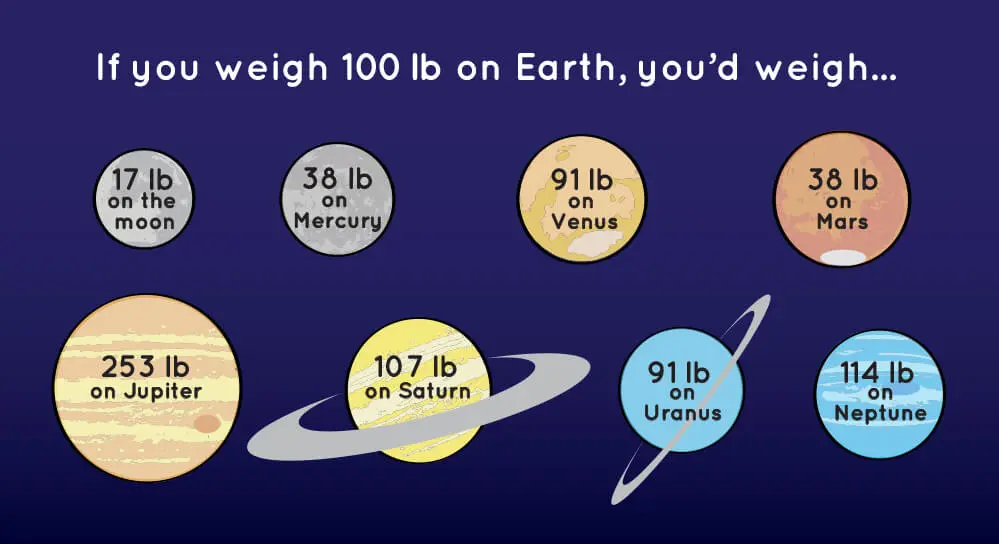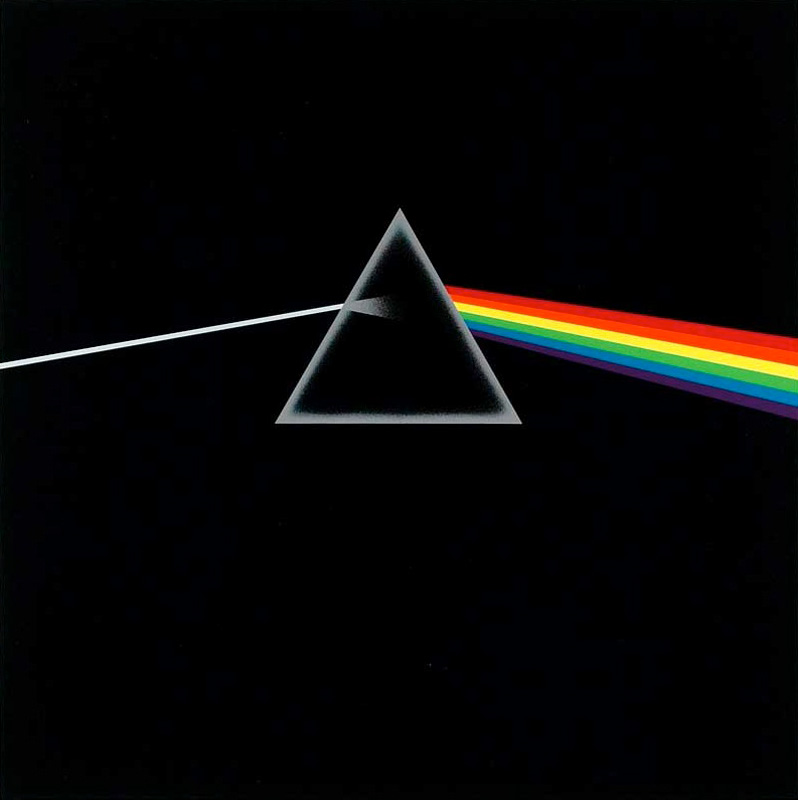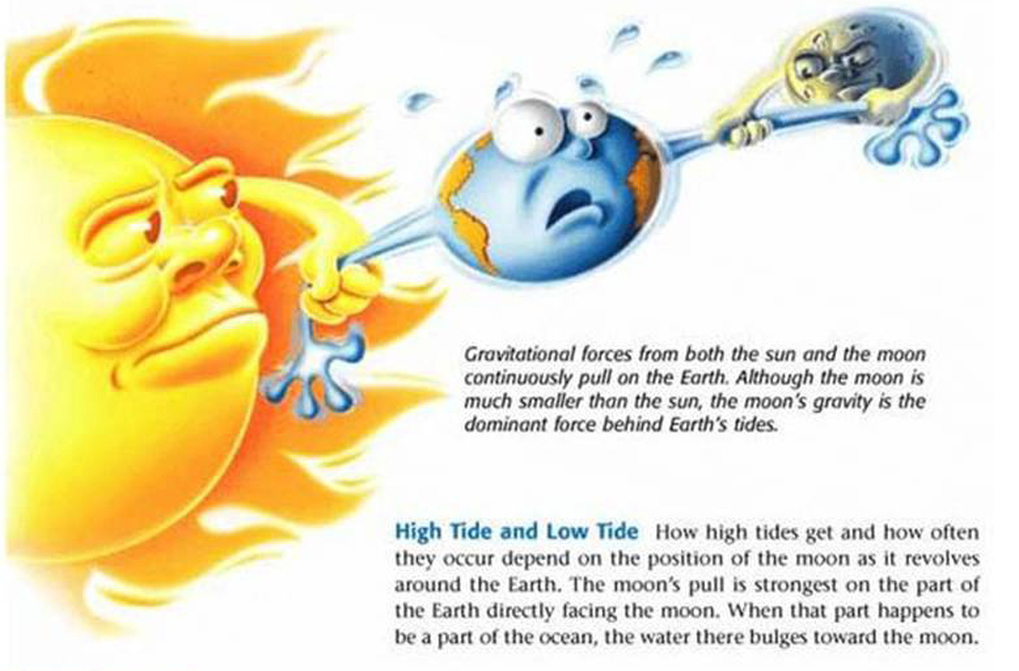Home > Sections > The Universe > Gravity
Last Updated: 14th June 2023
ARCHIVED ITEM: this page is no longer updated.
Gravity
Keywords
Gravity, force, Sir Isaac Newton, 1666, Albert Einstein, theory of general relativity, geodesics, bend light, black hole.
Introduction
We know that gravity is a force that brings two objects together. This can be something you drop on the floor, or two planets colliding together. But, just how does this work?
Theoretical Explanation of Gravity
To explain gravity, we need to look as far back as 1666. Sir Isaac Newton was studying why things fell down, and not upwards. He decided that there was an invisible force of attraction between any two objects. He was the pioneer of how the laws of gravitational force happen.
Every single object has a gravitational force. When we drop an item (a pencil, a book, the device you're holding in your hands to read this), that item automatically drops to the ground, and will increase in speed as it does so. But why does it do this?
On every planet there is a field that works by pulling into the centre. It even (and especially) happens on the Sun, where it pulls in hydrogen to create fusion. But on each planet, the same happens for different reasons.
Here is a YouTube video from JamJarMMX about Gravity:
Why Does this Happen?
Each planet, the Moon, and the Sun, all have different levels of gravity. For example, we place Earth as having a gravity of 1.0. If you go to the Moon, it has about a sixth of the gravity of Earth, which is about 0.6. This means you would weigh less on the Moon as well. And Mars, if you go there, the level of gravity is 0.38, or 38% that of Earth. So, if on Earth you weigh 100kg, you would weigh just 38kg on Mars.
Why this happens is due to the mass of the planet. All of the planet's mass has the result of a gravitational pull on your body, giving you a weight. So, actually, you are being pulled down toward the Earth's core (please don't worry, you're not going to be sucked down to the middle of the planet!),
Interesting fact: gravity is able to bend light. If a light source is heading through space, for example, and it encounters a black hole, it will bend through the gravitational pull of the hole. This is due to a theory called general relativity, a theory given forward by Albert Einstein. His theory means that we know that light travels along geodesics, which in everyday life, we as humans still see as straight lines, but that can be curved by gravity.
Of course, everyday objects allow light to travel in straight lines. Unless we were to put it through something like water, which will distort the light. Or a prism, where the light will refract and change direction (if you're a music fan, just look at Pink Floyd's "Dark Side of the Moon").
Supermassive Black Holes
Okay, I know. It's the title of a Muse album. I got hung up... Anyway, on the subject of black holes, they have such a strong gravity pull that not even light can escape them. There is such a large amount of mass in such a small volume of area that they literally suck in anything and everything.




 The Sun
The Sun




